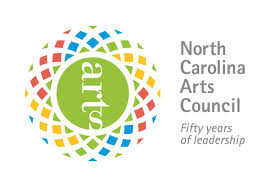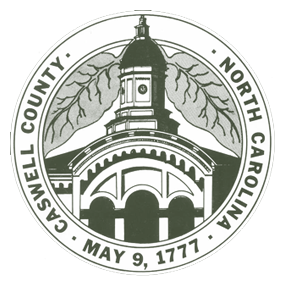Maud Gatewood |
.jpg)
Maud Gatewood - A Caswell County Luminary
On January 8, 1934, at the peak of the Great Depression, Maud Gatewood was born in the upper floor of the historic Graves-Florance-Gatewood home. In 1934 Maud called the house home. Today, the building is the home of The Caswell County Historical Association and the Richmond-Miles History Museum.
Friends and peers used words such as Intelligent, independent, loyal, curious, daring and salty to describe Maud. These traits emblazon the timeline of her life.
Maud was the only child of Mary Lea and Sherriff John Yancey Gatewood. As a youngster Maud accompanied her father on moonshine still busts, leather holster and toy gun at her hip. While encouraging her individuality and curiosity, her mother wanted a more “couth” lifestyle for Maud and decided that Maud should become a Southern Belle. As a result, Maud was enrolled in piano lessons. But, after four long, grueling months, the family voted to end the music lessons. Recalling that time in her life, Maud sarcastically quipped, “You can tell she (mother) wasn’t very successful.” With the piano lessons abandoned, at age ten, Maud began her art education at Averett University.
Maud's talent and intelligence were catalysts to her progress. At the age of 16, after skipping two grades, she entered Woman’s College in Greensboro, NC (now UNCG). She received a degree in fine arts in 1954. A year later, she earned a master’s degree from Ohio State. In 1963 she received a Fulbright grant and studied in Austria. While studying abroad, Her mentor, Oskar Kokoschka, would reward his art students with bon-bons. When it was her turn to be critiqued, Maud, in her plucky demeanor, retorted, “I don't care for one of those, but I will take one of your cigarettes.”
Upon returning to North Carolina, she coordinated the young fledgling art program at the University of North Carolina at Charlotte. Maud left Charlotte in 1973. She had decided she needed more time to paint. After teaching part-time for two years at Central Piedmont Community College she moved back to Caswell County, where she was a county commissioner for years. She was the only woman on the board --- always the lone woman.
Always the lone woman - even in her approach to art. Coming out of the 1960s, most women attended college with one true goal in mind; finding a husband. Not Maud. On the cusp of the women's rights movement Maud was a groundbreaker. In a lecture about Maud, Dr. Will South, chief curator of the Columbia Museum of Art said, “It’s important to remember that Maud came up in the world at a time when opportunities for women were limited. At Women’s College, in the art department, the idea that you went to college to get an master’s degree was not popular.”
She was just as much a maverick in the art world. Concerning her art, Dr. Will said, “There is no ‘School of Maud’ in terms of folks following her various styles. Her influence came more by way of force of personality, and through impressing others with her creativity in a way that did not lead to imitators. Trying to copy Maud would be both obvious and really difficult.”
In all aspects of her life, she was always experimenting; pushing boundaries. Maud said that “[Art] is like people: If you meet a person that's absolutely pleasant, they tend to be innocuous. Nothing's worse than being pleasant.” She never focused on one style. Whether it was realism or abstractionism. "You can always tell a Maud Gatewood painting," said longtime friend Robert Marsh. "She was daring. She'd have a stand of trees and then a diagonal comes out of nowhere. Who would do that, except for Maud?"
Her subjects ranged from cows in the pasture to challenging polite society with race, death, sex, drugs and disease. Although she used bold lines, color and shapes, her art has a mystical quality. Maud said, "Fundamentally, I believe in artistic distance. Wax museums give me the creeps. Art is artificial, and they're not artificial enough." These qualities and approaches to her art makes her one of the most important twentieth century artists from North Carolina and beyond.
Maud Gatewood passed away on November 8, 2004, leaving behind a unique body of work. While some of her original works remain in Caswell County at the Richmond-Miles Museum and at the Maud Gatewood Museum in the Yanceyville Town Hall Building, her paintings also hang in halls from Greensboro to The Smithsonian. Despite countless awards, commissions and recognitions, the independent trailblazer and influential individualist, known as Maud Gatewood, never took her fame too seriously. She insisted, “Just call me Maud.”
.png)



